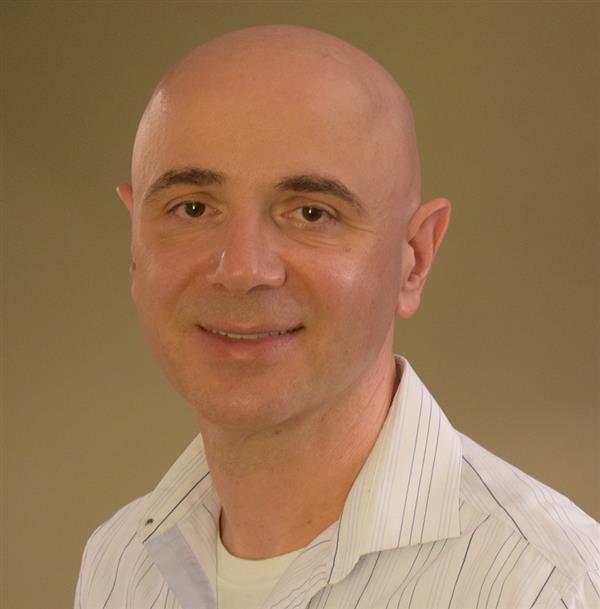B-HIVE Research Highlight: Lenacapavir resistance
Resistance mechanism
The first-in-class capsid inhibitor lenacapavir is highly effective in treating multi-drug-resistant HIV-1. But even this drug has variants of the virus that are resistant. B-HIVE researchers studied one such variant, M66I, to understand its mechanisms of resistance. High-resolution X-ray methods identified that a substitution of the amino acid methionine by isoleucine in the capsid hexamer protein makes lenacapavir unable to bind to the capsid. Interestingly, three cellular cofactor proteins that bind to the same pocket on the capsid as lenacapavir were still able to bind to the M66I capsid.
A “very sick” virus
Although the mutation of M66I confers resistance to lenacapavir, the variant is largely ineffective at infection. The researchers isolated wild type and M66I virions and examined thin sections of the virions with transmission electron microscopy. M66I virus cores formed correctly, the results showed, and even displayed significantly better stability than wild type cores. While viral DNA was detected in target cells after infection with M66I, reverse transcription produces were around 3-fold lower in cells infected with M66I compared with cells infected with wild type cells. Confocal imaging showed that M66I cores attached to the envelope of the nucleus, but were unable to penetrate further, and therefore unable to integrate into the host genome.
What this tells us about HIV-1
The results underscore the importance of combinatorial drug therapy in treating HIV-1 infections, since the virus continues to display abilities to evade new drugs. The unexpected finding that cellular cofactors can still bind to the capsid of the M66I variant could help to rationally modify lenacapavir to improve its antiretroviral activity against the resistant virus.
The reason M66I is ineffective at penetrating the nucleus is still unclear, but further study of this variant may offer additional information about the process of nuclear import, increasingly recognized as a crucial process in HIV-1 infection and an attractive antiretroviral target.

Structural models showing the interactions between lenacapavir R3 and R4 groups with the wild-type M66 side chain (left) and the drug-resistant I66 side chain (right) in the M66I variant.
Meet the Researcher
How did you get interested in science?
I feel like I was always interested in science, experimenting and finding something new that wasn’t known before. When I would do experiments, I never knew what to expect. And that big unknown always motivated me. So it wasn’t reading a book that would tell me, “Oh, here is the answer.” It’s finding something new that no one knew. That still motivates me, even though I’m mostly in my office these days. My postdocs do experiments, and I run into the lab and ask: “So did you do the experiment? Do you have the data? How does it look? Did it work the way we thought or another way?” And every time I get surprised, I get also excited.
Tell us about the lab where you did this work.
My lab consists of structural biologists and virologists. It’s about half structural biologists. They determine the structures of the proteins, but that by itself is not enough. We need to do virology experiments to see whether what we found structurally makes sense in terms of what happens to the live virus, because for structural biology, we use purified proteins or purified viruses. But what happens in the cell? It could be different. So we want to make sure any findings we have correlate with the infected cells. I myself am a biochemist, and I see myself as a bridge between virologists and structural biologists.
What were the biggest challenges with this study?
Viruses like M66I are what we normally would call a dead or very sick virus. And figuring out how a very sick virus confers resistance to the drug, as well as why the virus is very sick, is rather challenging.
What are you working on now?
We are interested in developing second-generation inhibitors, learning from our findings of how drug resistance evolved and is conferred. Working with colleagues at Ohio State University, we will use the knowledge obtained from this paper to develop improved inhibitors. The first part of that work is already complete, and we’ll keep making second-generation inhibitors until we have something that may be of interest for the clinic.

